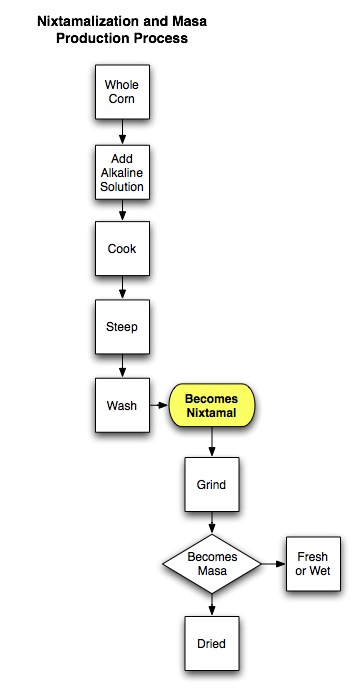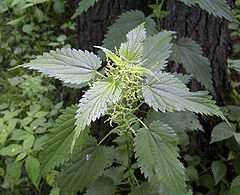We asked our friend and fellow food and farming explorer, Matt Rothe, to write a guest post for our blog. Sometimes, it's just nice to have the articles come to you!
Poor Man's Sous-Vide
I don’t actively follow food trends, but by the nature of my work (Sustainable Food Program Manager), the industry in which I’m employed (university foodservice) and the people with whom I frequently interact (chefs), I tend to stay abreast of what’s new and hip in the culinary world. Lately it seems I’ve heard much about a style of cooking called sous-vide, which is French for “under vacuum”.
In simple terms, sous-vide cooking involves sealing food in a plastic bag, depositing the bag and its contents in a relatively low temperature water bath, and cooking it for a designated period of time at a constant temperature. One of the primary benefits of this type of cooking is that food can be cooked perfectly evenly and to an exact “doneness”—two elusive attributes in cooking most types of meat.
One could argue that attaining an evenly cooked hamburger is not a gastronomic problem in need of a solution. After all, humans have been ravenously consuming meat cooked over direct heat and varying degrees of doneness for millennia. But by this logic, I can’t imagine that we’d have ever invented plumbing, made art, or built solid-state devices that put the entire accumulated knowledge of mankind in one’s hand.
To satisfy my intellectual curiosity, I turned to my own handheld solid-state device for some instruction. I found some mostly useful and consistent information about the technique, but I was aghast at the retail price of the equipment. Moreover, sous-vide equipment is not a commodity in the markets for used goods: Craigslist turned up zilch and the clerk at my local Goodwill said everything with an apologetic shrug. Over a day of intermittent and mindless rumination, however, Occam finally wielded his razor.
It turns out that successfully cooking sous-vide requires equipment and miscellany that most people, including myself, already have or keep inventory of in their kitchen: a stove, a stock pot, a re-sealable plastic bag, a thermometer, a timer, and a little time to correlate one’s stovetop settings to sustained cooking temperatures. In this experiment, I don’t know if I was prouder of the resulting hamburgers or that I thwarted the Jedi mind tricks of the consumer electronic industry.
In a bowl, I combined:
- 1 pound of grass-fed ground beef with
- 1 heaping tablespoon of salt
- 1 teaspoon of ground pepper
- 1 packed half-cup of finely chopped fresh sage, rosemary and thyme (I prefer garlic chives to thyme but mine were crowded out by my wormwood)
I like to form 1/6 pound sliders, in part because they afford healthy portions, but also because the small brioche buns I like to put them on come 6 to a bag and I never end up with a random unused bun that has no culinary value beyond the delivery of a hamburger.
I placed the sliders in a one gallon Zip-Lock bag, sucked the air out by using the protective tube for my thermometer, and placed them in an 8 quart stock pot filled to about half with water. I imagine every stove’s settings are unique, but to sustain a temperature of 130 degrees Fahrenheit, which will result in a perfectly medium-rare hamburger, requires a rather low setting (2 of 8 on the small burner for my stove). I cooked the burgers for about an hour after the water returned to the desired temperature.
One negative attribute of cooking sous-vide is that you never reach temperatures that invoke the
Maillard reaction, which in the opinion of food scientists (and confirmed by those who eat), is half the sensory appeal to cooked food, including meat. With that shortcoming in mind, I brought a cast iron skillet with a few tablespoons of canola oil to a medium-high temperature and, after removing and lightly drying the sliders with a paper towel, fried them for about a minute per side, giving them a slight brown color and the characteristic smell of cooked beef.
I served the sliders on a toasted brioche bun with a thin slice of soft goat cheese. Primacy bias aside, I dare say they were the best hamburgers I’ve ever eaten. At two hours in the making they were not, however, the fastest hamburgers I’ve ever made. On the net, I’d conclude that cooking sous-vide is a worthy pursuit for any serious cook or foodie who’s interested in exploring the margins of flavor and learning new techniques in their free time. It need not be, whatever one’s interest or means, an expensive affair.
About the author: Matt was raised on a large conventional corn farm on the plains of Colorado. After graduating from Dartmouth College with a degree in Environmental Earth Science, he took a position with Niman Ranch (in the Bill Niman days) as their Director of Operations. While there, Matt played an instrumental role in growing its network of sustainable family farmers and gained an acute appreciation for the challenges and opportunities of today’s food system. Matt left Niman Ranch to pursue an MBA at Stanford, during which time he co-founded the Climate Conservancy with the owner of this blog, Jim Sweeney, and their mutual friend, Steve Davis. To support his habit of saving the world, Matt worked briefly as the Director of Operations & Sustainability with the venture-backed functional food start-up Attune Foods. After the markets crashed and the dream of labeling consumer products with their carbon footprint drifted away, Matt retuned to Stanford to pursue his other passion, real food, by directing the Sustainable Food Program for Stanford Dining. Matt has spent his entire life working within the food system and he has accumulated first-hand experiences that span from the knock box to the corporate boardroom. Taken together, it’s all made for some interesting observations and insights about our food, which he shares on
this blog and through guest lectures and other speaking engagements.


